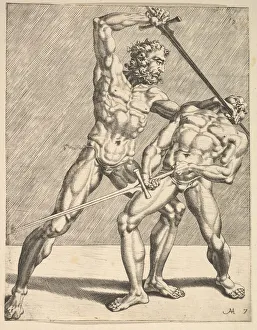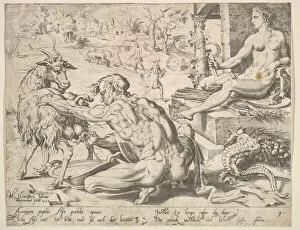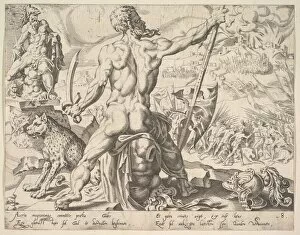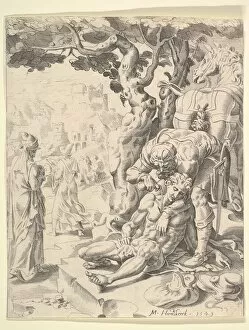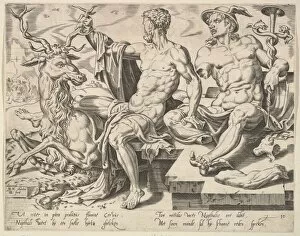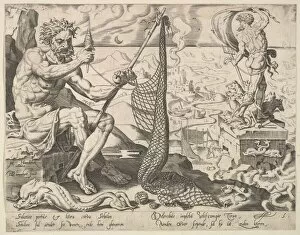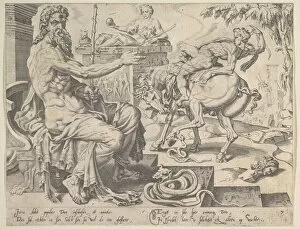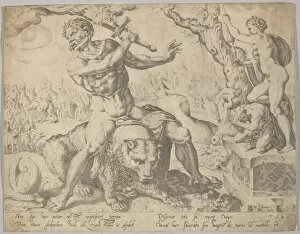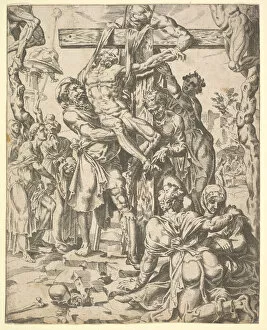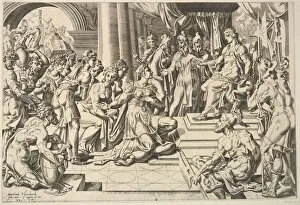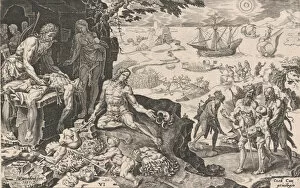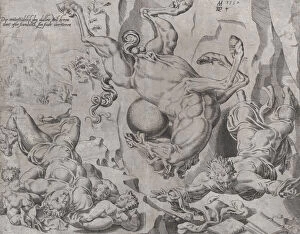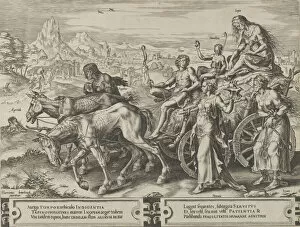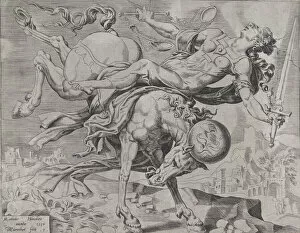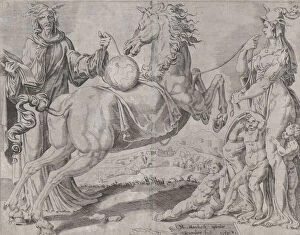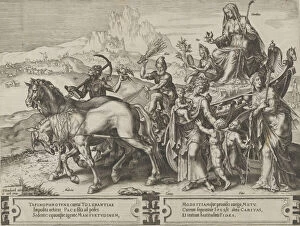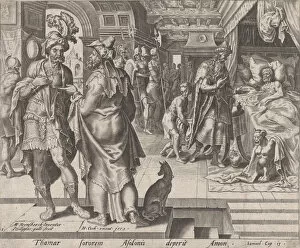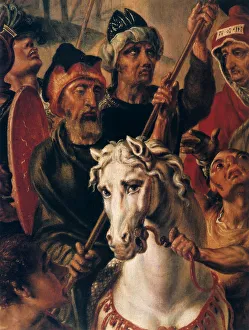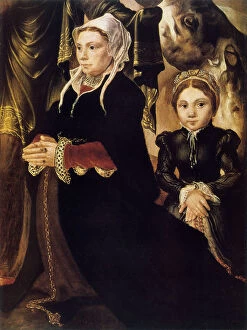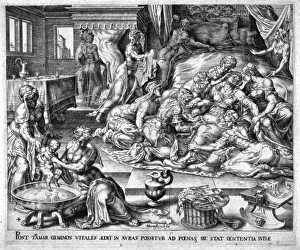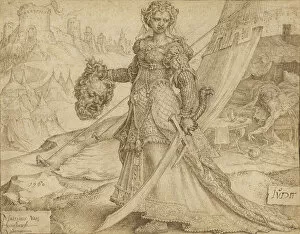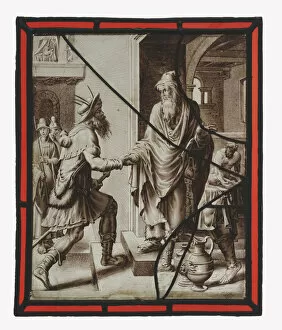Maerten Van Collection
"Maerten van: Master of Captivating Stories and Emotions" Step into the enchanting world of Maerten van
All Professionally Made to Order for Quick Shipping
"Maerten van: Master of Captivating Stories and Emotions" Step into the enchanting world of Maerten van, a renowned artist whose works have captivated audiences for centuries. Known for his ability to bring stories to life through his intricate brushwork, van's artistry is truly unparalleled. One of his notable creations is "Two Fencers, " a mesmerizing piece from the series "Fencers. " Painted in 1552 by Dirck Volkertsen Coornhert under van's guidance, this artwork showcases the intensity and skill involved in swordplay. The dynamic composition transports viewers into the heart of the action, making them feel as though they are witnessing an exhilarating duel firsthand. In another masterpiece titled "Joseph, " part of the series "The Twelve Patriarchs, " van delves into biblical narratives with great finesse. Created in 1550 by Coornhert based on van's vision, this painting portrays Joseph's journey from betrayal to triumph. Through meticulous details and emotive expressions, van captures Joseph's resilience and eventual rise to power. Similarly, in "Asher" and "Gad, " both part of "The Twelve Patriarchs" series created by Coornhert under Van's direction in 1550, we witness vivid depictions of these biblical figures' lives. Van expertly conveys their unique personalities through subtle gestures and facial expressions that invite viewers to connect with these ancient characters on a profound level. Van also explores mythological themes such as Apollo and the Muses. In this magnificent work dating back to 1549, he depicts Apollo surrounded by muses who inspire creativity and artistic expression. The harmonious blend of colors combined with delicate brushstrokes evokes a sense of ethereal beauty that resonates deeply within one's soul. Moving away from mythology but still rooted in storytelling is "The Parable of the Good Samaritan. " Painted in 1549, this artwork illustrates the timeless message of compassion and kindness.

